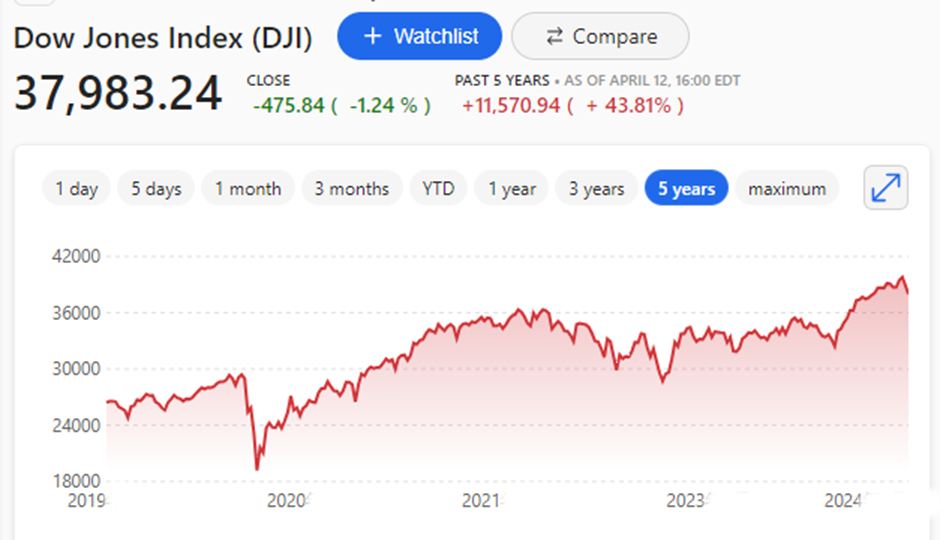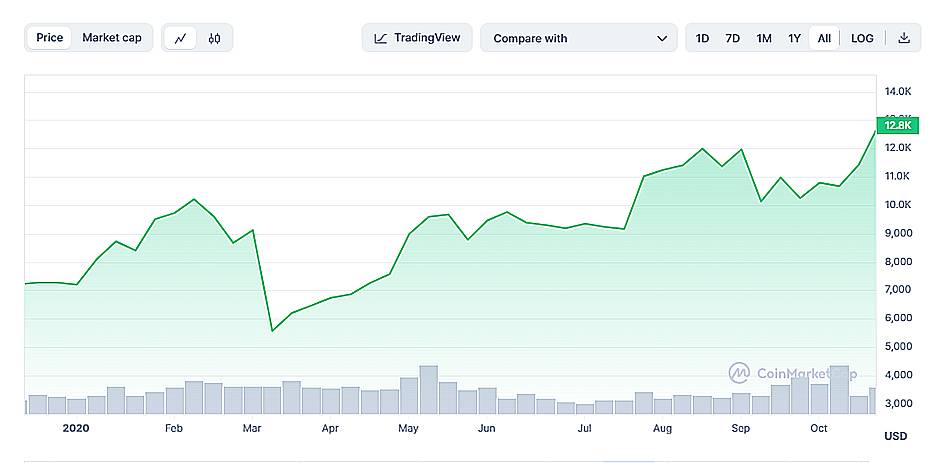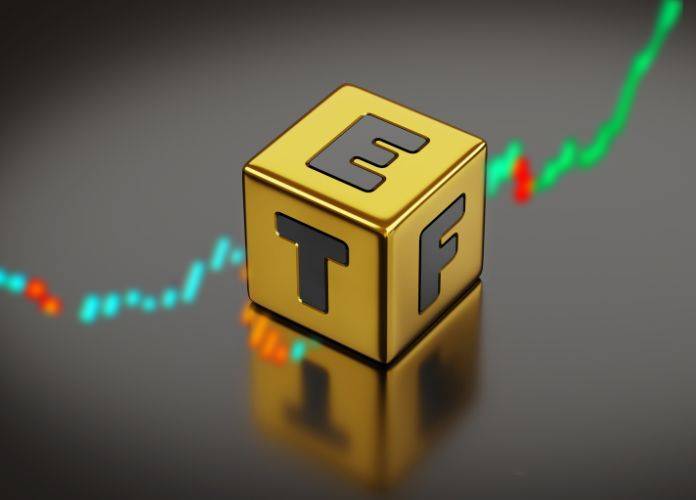Upon news of the April 14th Iranian attack on Israel, Bitcoin prices swiftly fell over 7% in less than 40 minutes. While initial reactions to global crises are often sharply negative, historical trends suggest a consistent recovery pattern in financial markets following such events.
Bitcoin has emerged as a major player in global finance. However, despite its decentralised nature (or perhaps because of it), it is also known for its profound volatility and heightened sensitivity to international events.
This analysis explores how geopolitical crises and wars influence Bitcoin’s value, comparing its behavior to traditional financial markets during key historical events.
Historical Context: Bitcoin and COVID-19
The COVID-19 pandemic had a dramatic impact on global stock markets, with significant volatility and downturns at its onset, followed by a surprisingly rapid recovery. Here’s a detailed look at the share market and Bitcoin’s performance from the beginning of COVID-19 through its progression:
Initial Impact (Early 2020)
Rapid Decline: As COVID-19 began to spread globally in early 2020, financial markets reacted strongly to the uncertainty and the potential economic fallout.
- Major global indices, including the Dow Jones Industrial Average (DJIA), S&P 500, and NASDAQ, as well as international markets, experienced sharp declines.

- March 2020 Crash: March saw one of the swiftest and deepest stock market crashes in history. On March 16, 2020, the Dow fell by nearly 35%, marking its worst single-day point drop ever. Over this period, the S&P 500 and other major indices fell into a bear market, defined as a 20% decline from recent highs, at unprecedented speeds.
- Trading Halts: Due to extreme volatility, trading was halted multiple times in March to curb panic selling, under mechanisms known as “circuit breakers” that are designed to provide a pause during massive sell-offs.
- Bitcoin too was hit hard by Covid 19 in March of 2020 – losing nearly 41% of its value in seven days.

In contrast, during the initial months of the COVID-19 pandemic, gold displayed consistent growth.
Covid Response and Rapid Recover for Risk Assets
In response to the market and economic turmoil, governments and central banks worldwide launched extensive fiscal and monetary stimulus measures. The U.S. Federal Reserve, for example, cut interest rates to near zero and launched quantitative easing programs, including buying corporate bonds and direct support to various sectors. The result was a rapid ‘V’ shaped recovery.
As the charts above show, starting in late March and early April 2020, markets began a rapid recovery, fueled by unprecedented levels of stimulus. The NASDAQ quickly rebounded, driven by strong performances in the technology and biotech sectors, and even reached new highs in the following months. Bitcoin returned to its pre-March price point by early May.
Continued Growth: Throughout 2020 and into 2021, stock markets and Bitcoin largely continued their upward trajectory. The S&P 500 and NASDAQ frequently hit new records, despite ongoing challenges in the real economy such as high unemployment and struggling industries like travel and hospitality.
With many governments (the United States in particular) throwing mostly untargeted relief funds at consumers, many people went on an investment and spending spree, and it is arguable that Covid stimulus is responsible for the all-time-high Bitcoin achieved less than a year later.
Historical Context: Bitcoin and Ukraine War
When Russia invaded Ukraine on February the 22nd 2022 the Bitcoin as a ‘safe haven’ argument seemed to briefly bear fruit. In the week following the invasion, the BTC price leapt over 18% – from $37,068 to $44, 357. At the same time, the Dow Jones industrial was largely unaffected. In the months that followed, however, the US Federal Reserve began raising its interest rates to combat the inflation caused by the ‘free’ money market surge of the Covid error.
Between March 16th 2022 and December 14th 2022, the Fed raised rates seven times – from a range of 0.25%-0.50% in March, to 4.25%-4.50 in December. Over the same period, the Bitcoin price fell over 65% from a high of $47,062 on March 31st to $16,818 on the 22nd of December. The Dow also declined, from a close of 34,678 on March 31st, to 28,725 on September 30th, and drop of around 17% and its low for the year.
War and Calamity – What Will Bitcoin Do?
As the Bitcoin price movements during both the Covid era and the war in Ukraine show, the Bitcoin price can move with great volatility in either direction in an immediate sentiment-driven response to such events. In the case of Covid, the price moved down, whereas the Ukraine invasion triggered an upward surge. In both cases, however, the price very quickly returned to its pre-event range. What has been far more impactful, in both scenarios, is government fiscal policy. Government Covid stimulus was a major factor in Bitcoin’s price surge in 2020, with interest rate increases in 2022 having the opposite effect.
Events in the Middle East on April 14th triggered a typically volatile price reaction and recovery from Bitcoin, and at the time of writing on April 15th the BTC price is up nearly 6% from its April 14th low of $61,896.
So will an escalation of military action in the region continue to impact the BTC price? Based on what happened in both the Covid and Ukraine crises, the evidence suggests quick volatile movements in the immediate aftermath of a specific event, and then a rapid return to pre-event prices. A change in US government fiscal policy seems highly unlikely at this time, with quantitative easing anticipated later in the year – which has been a positive influence on the Bitcoin price in the past.
Given no change in US government fiscal policy it’s unlikely the events of April 14th will have a lasting impact on Bitcoin’s price – and the upcoming halving is far more likely to be the catalyst for any significant price movement.







